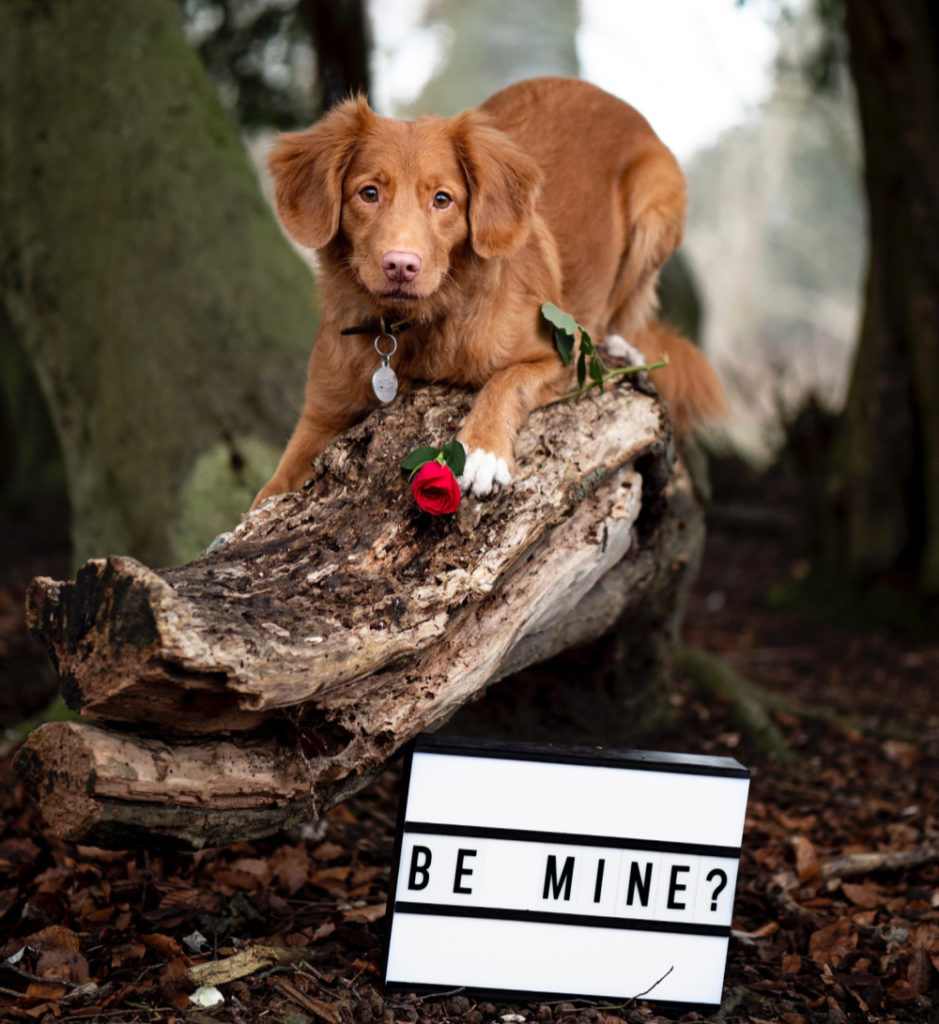Welcome to winter wonderland. Iowa in February can be unpredictable with our weather patterns, but we can rely on one thing….. Spring will come. Until we see those signs of spring, we will share another blog to give you something to do with your pet during these cold winter months. Teach them to let you brush their teeth. We have all heard the saying, you can’t teach and old dog new tricks. I disagree. I think most trainers would disagree as well. It is never to late to start working with your dog on new concepts. Brushing their teeth can be one of those concepts.

Before jumping right in with dog toothpaste and a toothbrush, have your pets mouth examined by a veterinarian. If a pet has any loose teeth, broken teeth, or gum disease, brushing will be uncomfortable and the opportunity for success decreases significantly. While visiting your veterinarian discuss having the teeth professionally cleaned. Any tarter on the teeth will not be removed by starting a home dental care program. Studies show that tarter begins to accumulate as early as 3 years of age. If no steps are taken to do home care, your pet may need a professional cleaning early in their life.
Professionals indicate that brushing is most effective when doing it daily. It must be done at least three times a week to have any effect at all. This must be a commitment one makes to help their pets mouth stay healthy. Just like brushing your teeth or taking your daily supplements is a routine for you, brushing your pet’s teeth should happen around the same time every day.
How to begin this process can look different for different families. If your pet already lets you look at their teeth and open their mouth your starting point will be different then someone who’s pet bites them when they attempt to look at their teeth or open their mouth.
Step 1. Using something good tasting, this could be the flavored pet toothpaste, place a small amount on the end of your finger at a time of day that you will brush their teeth going forward. Once they lick that off praise them and that is the end of the step until the next day. Continue to do this until the pet shows excitement for that daily step and begins looking forward to it.
Step 2. Now that we have established a routine, we place the toothpaste on our finger and as they approach to lick it, gently smear it on their upper lip. Avoid the lower lip since they are unable to get their tongues to turn downward. As you are smearing it on their upper lip speak quiet and encouraging words. If they back off and resist, then you need to go back to offering the toothpaste on your finger. Do not force any of these steps as that will just make your pet more anxious about the entire process.
Step 3. We now are going to use the toothpaste on our finger to go under the upper lip onto the surface of the incisors and canine teeth right in the front. The hope is that your pet will decide that they still love the flavored toothpaste and are willing to allow you access to their teeth on the upper arcade. Do not attempt to go to the back teeth or lower teeth until this step has been completely mastered.
Step 4. Once you have gained access to their teeth in the front you can begin to slowly work your way around in their mouth. If at any time you notice backing away or fear associated with these steps you are moving too fast.
Step 5. If interested in using a finger toothbrush or a toothbrush instead of your finger this would be the time to introduce those devices. The upper teeth are most affected with tarter related to the salivary glands that secrete above them. Do not attempt to get inside along the tongue when brushing. Just doing the outside surface closer to the lips will be extremely helpful in reducing issues with tarter.
Step 6. Get regular check ups with your veterinarian and have the teeth examined. Changes can occur throughout a pet’s life that if not detected early can lead to loss of teeth or oral health concerns.
Here’s Tony, in the video below. She has been brushing her dogs teeth for years and they continue to look amazing. Her dogs look forward to having it done each day. Many of her dogs were adopted and she was able to work with them so they would look forward to having their teeth brushed as well. You can teach an old dog new tricks!
In today’s world pets can have dental work not only to clean and polish teeth but also to repair broken teeth, fix alignment concerns with braces, and even root canals. These procedures are done with the same precision and tools used in human dentistry. If your pet is diagnosed with any of these major issues talk with your veterinarian about referral opportunities. There are more options now than extraction of the affected teeth.
Do your pet and yourself a huge favor and stay fully aware of what is going on in the mouths of your furry babes.